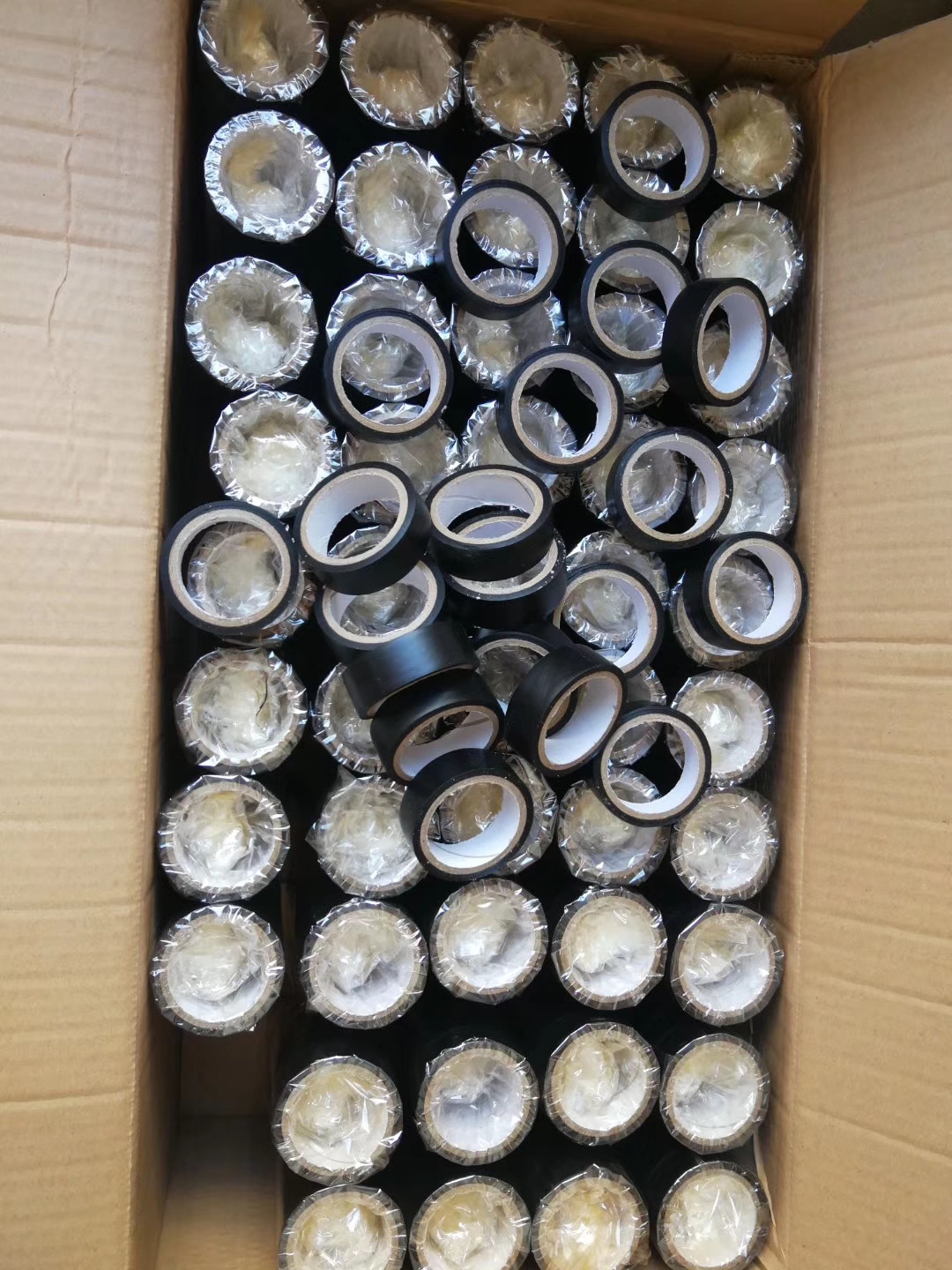The Importance and Benefits of Reflective Floor Tape
Reflective floor tape is a versatile safety product increasingly recognized for its significant role in enhancing visibility and ensuring safety in various environments. This specialized adhesive tape is designed with reflective properties that allow it to stand out, particularly in low-light conditions. As industries evolve and safety regulations tighten, the demand for effective visibility solutions has grown, making reflective floor tape an essential tool for workplaces, warehouses, and even residential areas.
Applications of Reflective Floor Tape
The applications of reflective floor tape are extensive. In industrial settings, such as factories and warehouses, it is often used to mark aisles, walkways, and hazard areas. By clearly defining these zones, reflective floor tape helps employees navigate safely, reducing the risk of accidents like slips, trips, and falls. Furthermore, it provides guidance during emergency situations, allowing for quick and organized evacuation by illuminating pathways that lead to exits.
In parking lots and garages, reflective floor tape can enhance the visibility of parking spots, driveways, and pedestrian crossings. This is particularly important during nighttime or in dimly lit environments where standard paint markings may be difficult to see. The reflective qualities of the tape ensure that drivers and pedestrians can identify safe paths and navigate more confidently, decreasing the likelihood of collisions.
Reflective floor tape is not limited to industrial applications; it is also beneficial in residential areas. Homeowners can use it to improve safety in garages, on stairs, or in entryways. By adding this tape to areas that are prone to accidents, such as uneven surfaces or steps, residents can protect their families and guests from potential hazards.
reflective floor tape

Customization and Durability
One of the significant advantages of reflective floor tape is its customization capabilities. It is available in various colors and widths, allowing organizations to create specific codes for different safety zones. For instance, bright yellow tape can signify caution zones, while red tape might denote fire exits. This color-coding system enhances safety awareness and compliance among personnel.
In terms of durability, reflective floor tape is engineered to withstand heavy foot and vehicle traffic. It typically consists of a strong adhesive backing that can adhere to various surfaces, including wood, concrete, and metal. Additionally, it is resistant to weather conditions, making it suitable for both indoor and outdoor usage. This resilience ensures that the tape maintains its reflective properties over time, providing ongoing safety without frequent replacements.
Conclusion
Reflective floor tape plays a crucial role in enhancing safety in multiple environments. Its visibility-enhancing qualities help prevent accidents, improve navigation, and ensure compliance with safety regulations. Whether in industrial settings, commercial spaces, or homes, this versatile tape serves as an invaluable resource for creating safer environments. As we continue to prioritize safety in our daily lives, incorporating reflective floor tape into our safety protocols will undeniably contribute to reducing hazards and fostering a culture of care and awareness.
-
XIANGFAN Rubber Tape-Ultimate Solutions for All Your Insulation NeedsNewsJun.24,2025
-
XIANGFAN Rubber Tape-Protection for Industrial and Residential ApplicationsNewsJun.24,2025
-
XIANGFAN Rubber Tape: Superior Safety and Sealing for Demanding EnvironmentsNewsJun.24,2025
-
XIANGFAN Rubber Tape: Reliable Solutions for Every Electrical ChallengeNewsJun.24,2025
-
XIANGFAN Electrical & Industrial Tape: Powering Reliability Across IndustriesNewsJun.24,2025
-
XIANGFAN Electrical & Industrial Tape: Excellence in Every ApplicationNewsJun.24,2025
